![[Translate to English:]](/fileadmin/_processed_/3/a/csm_dommeldoop1_e936b8ba6c.jpg)
- The University , Student
- 23/10/2018
What can you learn from the Dommeldoop?
This year the seesaw for the truss structures competition has been erected for the first time ever on the other bank of the Dommel. This change is necessary because the Dommel now follows a new course. But suppose the competition was no longer allowed? Can Mechanical Engineering live without the Dommeldoop?
On one end place a team of Mechanical Engineering students and on the other, a large container of water. Initially, the container holds the entire arrangement, positioned some three meters above the Dommel, in balance, but because the water leaks away through two large holes, more and more force is exerted on the structure. In 2015 the strongest piece of student work did not break until 5000 Newton.
This party, for it is also a party, has been going on for as long as lecturers can remember. Staff member of Education and Research Willie ter Elst guesses some fifty years. Here at Cursor, we've been wondering why the same 'lesson' has been taught for so long. Is the education on offer at Mechanical Engineering moving with the times?
Read on below the video.
“It certainly it, but this course is an introduction to Mechanical Engineering,” says Ter Elst. He has found a newspaper article about the contest in the Eindhovens Dagblad dating from 1998. Back then he was already involved as a member of staff, but since 2003 he has been the competition organizer for the course Truss Structures, as he calls 'Introduction to Mechanical Engineering and Truss Structures'. This year he is passing the baton to his colleague Jaap de Hullu. The Dommeldoop related to the course is organized in cooperation with the construction challenge committee at study association Simon Stevin.
“Over the years the seesaw has been increasingly refined,” say De Hullu and Ter Elst. “It started out as a structure built with scaffolding poles and now consists of a more professional supporting structure that involves the use of mufflers to prevent the kind of fiasco that happened in 2013.” When the seesaw is not on the banks of the Dommel, it is in storage in the basements of Gemini Noord.
Read on below the photos.
The greatest change is the location of the seesaw when it is in use. In 2013 the water authority took action that resulted in the Dommel taking a more natural course and with its new meander it has already deposited sand on the south bank. “That became too shallow and thus dangerous. We solved the problem by using I-beams to move the seesaw three meters closer to the water.” But that isn't the end of the matter. The problem repeats itself. “The water barely came up to my knees,” says De Hullu. “Now piles have been driven into the ground to support the foundation for the seesaw on the north side, near the sports center.”
Significant forces
Suppose Water Board De Dommel forbids the entire exercise because, for example, the water is polluted or a protected frog species is discovered? “If and when that happens, we'll look for an alternative body of water,” says De Hullu immediately. “Perhaps the Ijzeren Man lake or we could even build a water tank. Because this assignment cannot be allowed to disappear. And it must be on a grand scale. It is the first time the first-years work with steel and that is no small project. You have to see that the steel bends if the calculation isn't correct.”
The learning aims are varied: cooperation, working with steel, making connections with steel, making a sketch, producing a drawing. In short, gaining an insight into the translation from theory to practice. Ter Elst concludes: “This can also be learned with a piece of work the size of a table, but in terms of meeting any of the aims that isn't a patch on the current set-up. And we want to demonstrate how much fun Mechanical Engineering is.”
For a long time, the truss structures competition was one of the few times that Mechanical Engineering students had to roll up their sleeves and make something. Now, every quartile there is an OGO involving a practical assignment. In the first year, they also build a catapult, a pump and a solar collector system.
Read on below the photos.
“The entire course serves as an introduction to Mechanical Engineering”
Thijs Verfuurden is on the construction challenge committee at W.S.V. Simon Stevin, helping to organize this year's Dommeldoop. The second-year student has great memories of the very first OGO that he and his fellow students were put through. “It is actually an introduction to the course Mechanical Engineering that you never had at high school. At the same time you learn what OGO assignments involve. You learn to cooperate with others and apply theory. The mini-assignments and sums involved in the six lectures were simple, but great fun. And everyone looked forward to the Dommeldoop. It is actually quite exciting to see whether what you have built really works. If it does, you feel proud.”
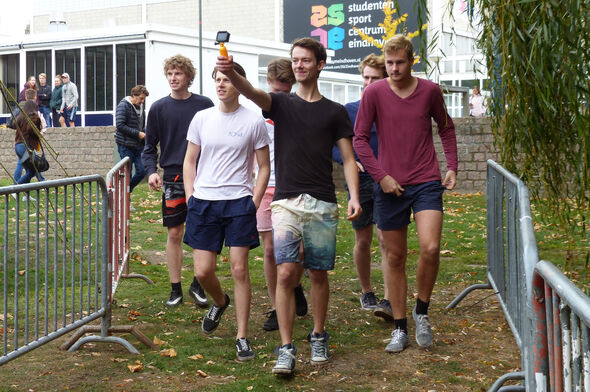
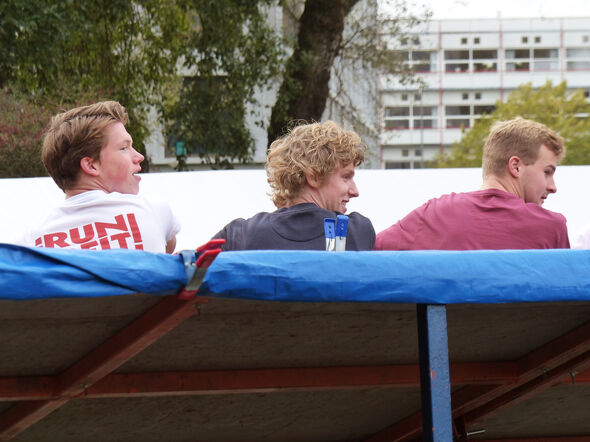
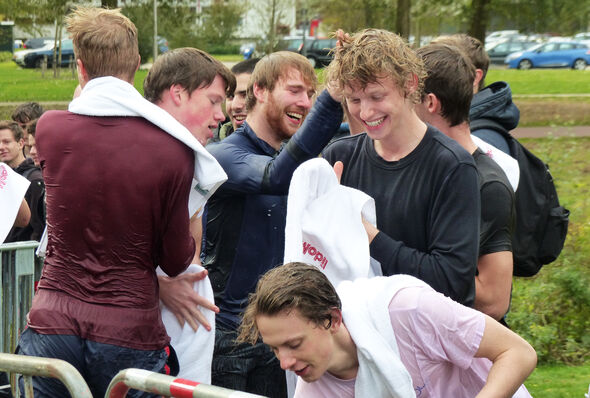
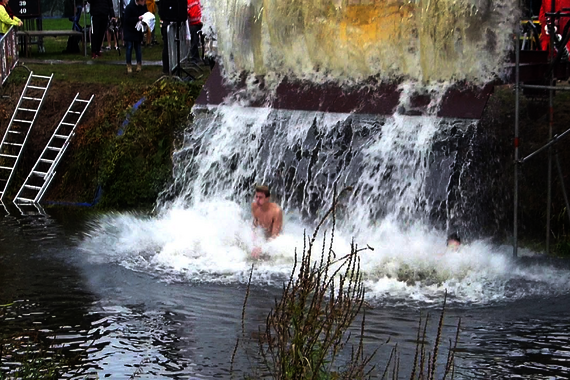
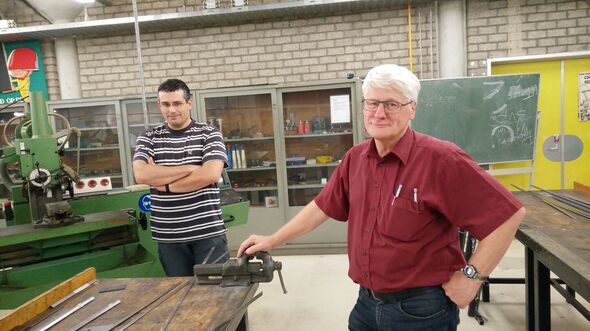
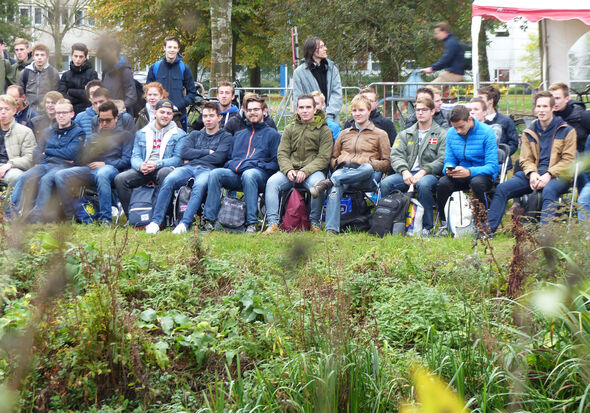
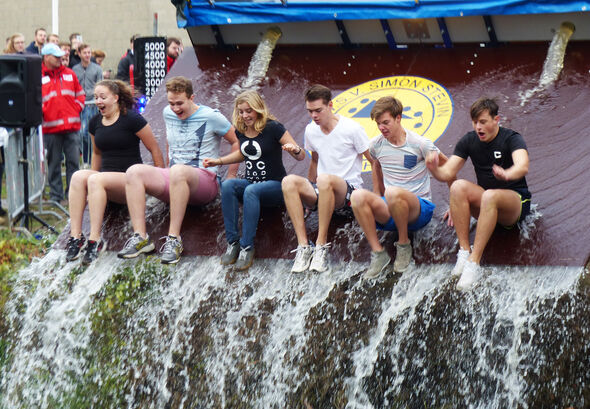
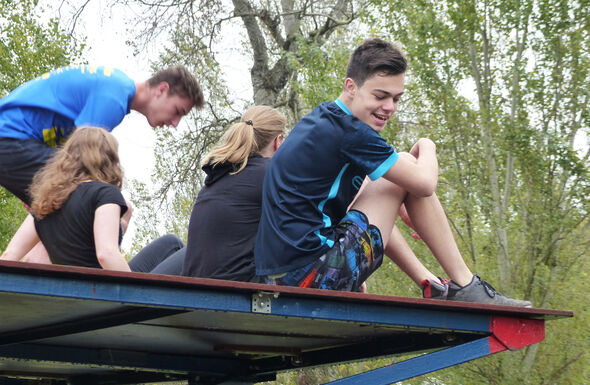
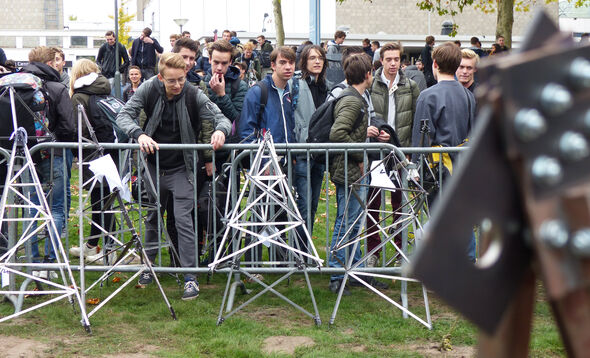
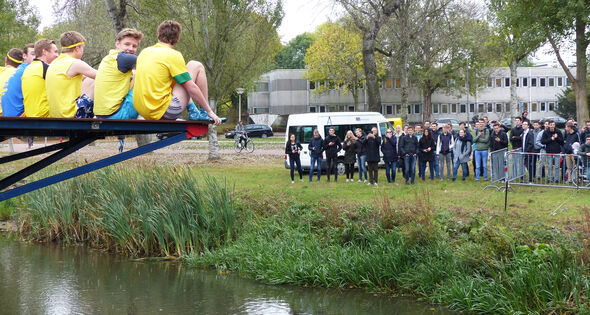
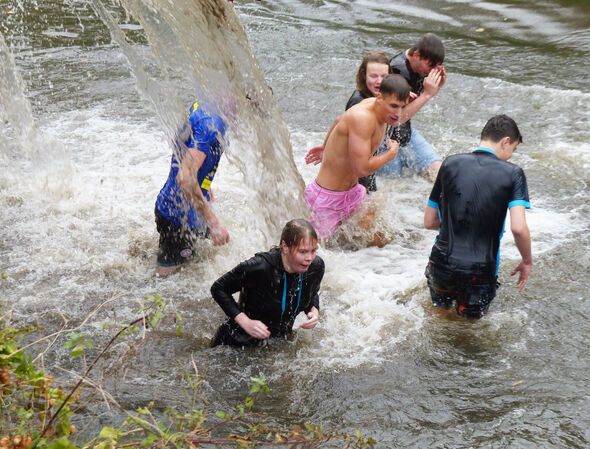
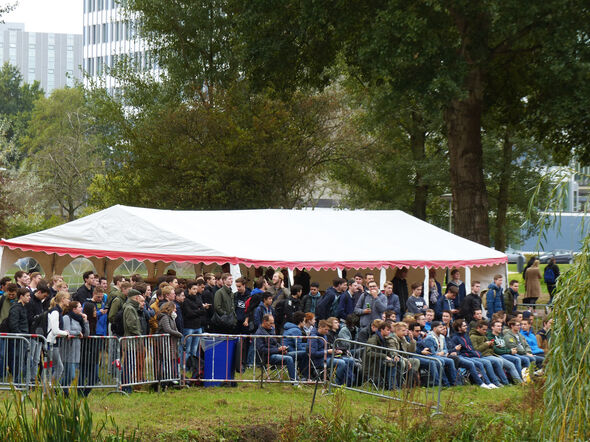
Discussion